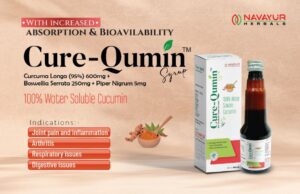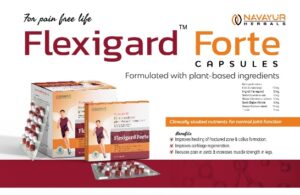Overview 
Orthopedics, also known as “ortho,” is a specialist discipline of medicine that studies the diagnosis, treatment, and prevention of musculoskeletal illnesses and injuries. This complex system consists of bones, joints, muscles, ligaments, tendons, and other connective tissues that provide structure and support to the body. Orthopedic physicians, often known as orthopedic surgeons or orthopedists, can treat a variety of disorders, including fractures and joint injuries, as well as degenerative illnesses like osteoarthritis. The profession also includes other subspecialties, such as sports medicine, spinal surgery, and pediatric orthopedics, which allows for a more complete approach to musculoskeletal health.Orthopedic practitioners use a combination of non-surgical interventions, such as physical therapy and drugs, as well as surgical procedures if needed, to restore function, relieve pain, and improve their patients’ overall quality of life.
Recognition

Ayurvedic orthopedic recognition requires a thorough study of individual body constitutions (doshas), with a focus on how lifestyle, diet, and mental well-being affect musculoskeletal health. Ayurvedic practitioners use a tailored approach to evaluating orthopedic diseases, taking into account characteristics such as joint mobility, inflammation, and pain. Traditional Ayurvedic remedies, such as herbal formulations, dietary changes, and lifestyle advice, seek to restore balance in the body and ease orthopedic problems. While Ayurveda provides vital insights into orthopedic well-being, it is critical to incorporate these practices under the supervision of experienced healthcare professionals to provide a harmonious blend with traditional orthopedic care for comprehensive and effective management.


Importance of integrating Ayurvedic solutions

Here are several reasons highlighting the importance of integrating Ayurvedic solutions for orthopedic conditions:
Individualized Treatment: Ayurveda acknowledges the uniqueness of each person’s constitution (dosha). Integrating Ayurvedic principles enables for more individualized treatment programs, taking into account aspects like body type, lifestyle, and specific imbalances that contribute to orthopedic disorders.
Prevention and Maintenance: Ayurvedic concepts go beyond therapy and stress preventative actions. Integrating Ayurveda into orthopedic care may entail lifestyle changes, dietary suggestions, and activities targeted at preventing future musculoskeletal problems and maintaining joint health.
Enhanced Rehabilitation: Ayurvedic therapies like specialized massages (Abhyanga) and Panchakarma purification can help in orthopedic rehabilitation. These treatments may enhance circulation, relieve stiffness, and aid in the healing process.
Prevalent Ortho Disorders

Some prevalent orthopedic disorders include:
- Osteoarthritis: A degenerative joint disease that causes pain, stiffness, and decreased joint flexibility due to the deterioration of joint cartilage.
- Rheumatoid Arthritis: An autoimmune disorder causing inflammation in the joints, leading to pain, swelling, and potential joint deformities.
- Osteoporosis: A disorder marked by weakening bones and a higher risk of fractures as a result of bone density reduction.
- Ligament Injuries: Sprains or tears in ligaments, such as anterior cruciate ligament (ACL) tears in the knee.
- Gout: A type of arthritis caused by the buildup of uric acid crystals in the joints, leading to intense pain and swelling.


















